News Beat
News Beat reporting is an idrw.org initiative to let our Readers to report News Based on Actual facts but some how has not been reported in Main Stream Media .
SOURCE: RAUNAK KUNDE / NEWS BEAT / IDRW.ORG

The induction of INS Arighat, India’s second nuclear-powered ballistic missile submarine (SSBN), has significantly enhanced the country’s nuclear triad. However, naval officials, speaking anonymously to idrw.org, have cautioned that India has yet to establish continuous at-sea deterrence, a strategic capability that ensures at least one SSBN is always on patrol, ready to launch a retaliatory nuclear strike.
The commissioning of INS Aridhaman, the third SSBN in the Arihant class, is expected to be a pivotal moment for India’s nuclear deterrence strategy. This submarine, with a 1000-ton additional displacement and codenamed S4, is scheduled to join the Navy in 2025. Aridhaman will allow India to achieve continuous at-sea deterrence, a coveted capability that requires at least one SSBN to be on patrol at all times.
Continue readingSOURCE: RAUNAK KUNDE / NEWS BEAT / IDRW.ORG

In a significant development aimed at enhancing the Indian Army’s capabilities, the military is currently engaged in discussions with the Defence Research and Development Organisation (DRDO) to develop a new UAV-Launched Precision Guided Missile (ULPGM) V3. The proposed missile, designed to be mounted on Light Motor Vehicles (LMVs), promises to provide infantry units with a potent weapon system for assaulting enemy positions.
The ULPGM V3, a successor to the already inducted ULPGM V1, is expected to offer a significantly increased range compared to its predecessor. While the V1 boasts a range of 4 kilometres, the V3 is likely to have a range of nearly 12 kilometres. This extended range will enable the missile to strike targets at a greater distance, enhancing the safety of troops.
Continue readingSOURCE: RAUNAK KUNDE / NEWS BEAT / IDRW.ORG

Armoured Vehicles Nigam Limited (AVNL), a leading manufacturer of armored vehicles in India, has issued an Expression of Interest (EOI) for the design and development of a 400-horsepower (HP) power pack for the BMP II tracked vehicle. This upgrade aims to significantly enhance the performance and capabilities of the BMP II, a widely used infantry fighting vehicle in the Indian Army.
The current power plant in the BMP II is a diesel UTD-20/3 engine, which produces 285 HP. The new 400 HP power pack will provide a substantial increase in power, enabling the BMP II to achieve higher speeds, improved acceleration, and better maneuverability across various terrains.
Continue readingSOURCE: RAUNAK KUNDE / NEWS BEAT / IDRW.ORG

The Indian Navy is set to award a contract for the local manufacturing of six diesel-electric submarines to Mazagon Dock Shipbuilders Limited (MDL) in partnership with ThyssenKrupp Marine Systems (TKMS) of Germany. The German submarine was selected over competing bids from the Spanish shipyard and Larsen & Toubro (L&T).
The Indian Navy was impressed with the German submarine’s performance during field evaluation trials (FET), particularly its Air-Independent Propulsion (AIP) system. The German submarine demonstrated its AIP capabilities during the trials, while the Spanish shipyard’s submarine, which is still under development, is not expected to be operational with AIP until sometime in 2026.
Continue readingSOURCE: RAUNAK KUNDE / NEWS BEAT / IDRW.ORG

Embraer, the Brazilian aerospace giant, has assured the Indian Air Force (IAF) of a high operational serviceability rate for its C-390M transport aircraft. This assurance is crucial as the IAF is considering the C-390M for its Medium Tactical Transport (MTA) tender, which could potentially lead to an order for 60-80 units.
To guarantee a consistent supply of spare parts and maintain high serviceability, Embraer plans to establish a global supply chain in India in partnership with Mahindra Defence. This strategy aims to reduce reliance on parts sourced from Brazil, ensuring uninterrupted operations for the IAF’s fleet.
Continue readingSOURCE: RAUNAK KUNDE / NEWS BEAT / IDRW.ORG
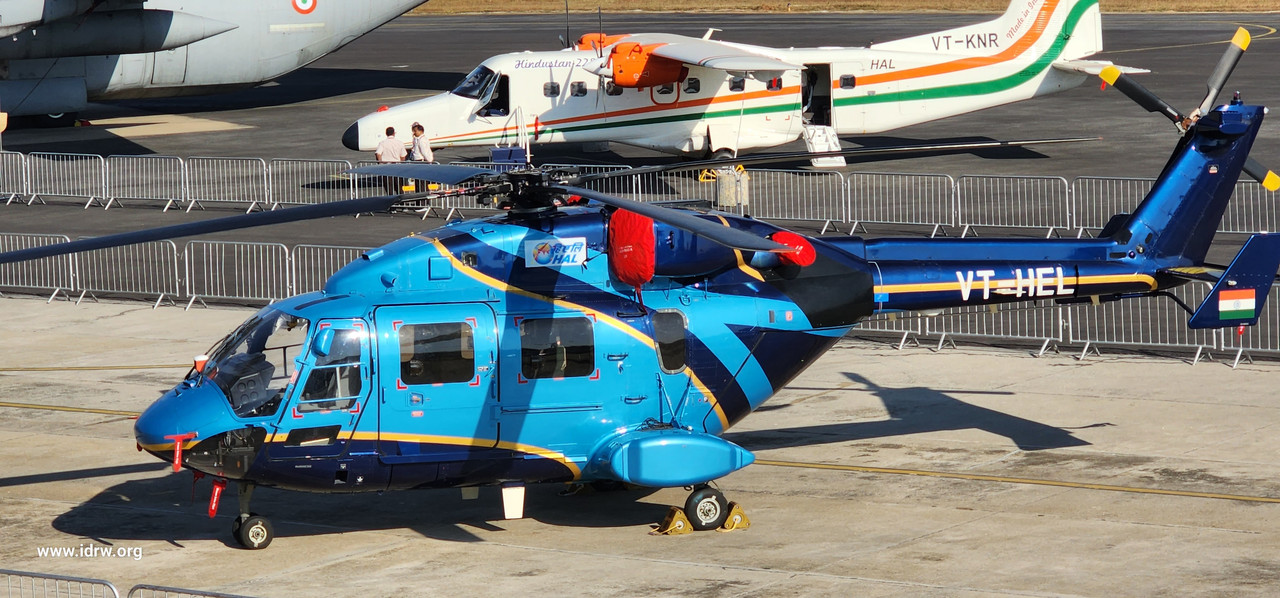
India’s state-owned aerospace giant, Hindustan Aeronautics Limited (HAL), has secured a landmark deal to supply Civilian ALH-Dhruv (Advanced Light Helicopter) helicopters to the Oil and Natural Gas Corporation (ONGC). The helicopters will be used to transport personnel and equipment to offshore oil rigs in the open seas, a crucial part of ONGC’s operational needs.
The deal, signed with Pawan Hans Limited (PHL), will initially see the procurement of 10 Civilian ALH-Dhruv helicopters, with the possibility of expanding the order to a total of 28 units in the coming years. This move is part of HAL’s efforts to bolster its presence in the civilian aviation sector, particularly in areas requiring specialized, rugged helicopters for challenging environments like offshore oil fields.
Continue readingSOURCE: RAUNAK KUNDE / NEWS BEAT / IDRW.ORG

The Indian Ministry of Defense (MoD) has reportedly rejected the Indian Navy’s proposal to equip its Rafale M fighter jets with the DRDO-developed Uttam Fire Control Radar (FCR). The Navy had sought this upgrade to maintain commonality with the MiG-29K and the upcoming Twin Engine Deck Based Fighter (TEDBF) program, both of which are slated to receive the same radar.
The decision to reject the Uttam FCR integration has sparked controversy. While the RBE2 radar on the Rafale M boasts 838 GaAs T/R modules, the Uttam FCR AESA offers 968 TR modules. Although this difference may seem marginal, the Uttam FCR’s local development provides the Navy with greater control over weapons integration, eliminating the need to rely on OEMs like Thales and Dassault for costly upgrades.
Continue readingSOURCE: RAUNAK KUNDE / NEWS BEAT / IDRW.ORG

The Defence Research and Development Organisation (DRDO) has made significant strides in developing a dual-flow automatic loader for its new-generation tank. This innovative system will significantly enhance the tank’s firepower and reduce crew risk.
The dual-flow automatic loader features a conveyor in the hull capable of holding 24 rounds. An additional 16 rounds are stored in a second conveyor in the turret. This dual-storage system ensures a continuous supply of ammunition to the main gun, allowing for sustained firing without manual reloading.
Continue readingSOURCE: RAUNAK KUNDE / NEWS BEAT / IDRW.ORG

The proposed civilian HAL/NAL Regional Transport Aircraft-90 (RTA-90) program has encountered a potential hurdle with the Indian Air Force (IAF) expressing reservations about its military utility. While the Ministry of Defence (MoD) is considering greenlighting the project to develop a commercial plane for the UDAN program connecting smaller Indian cities, the IAF remains unconvinced about its suitability for military applications.
A senior IAF officer, speaking anonymously to idrw.org, highlighted the limited utility of a military cargo variant derived from the RTA-90 design.
Continue readingSOURCE: RAUNAK KUNDE / NEWS BEAT / IDRW.ORG
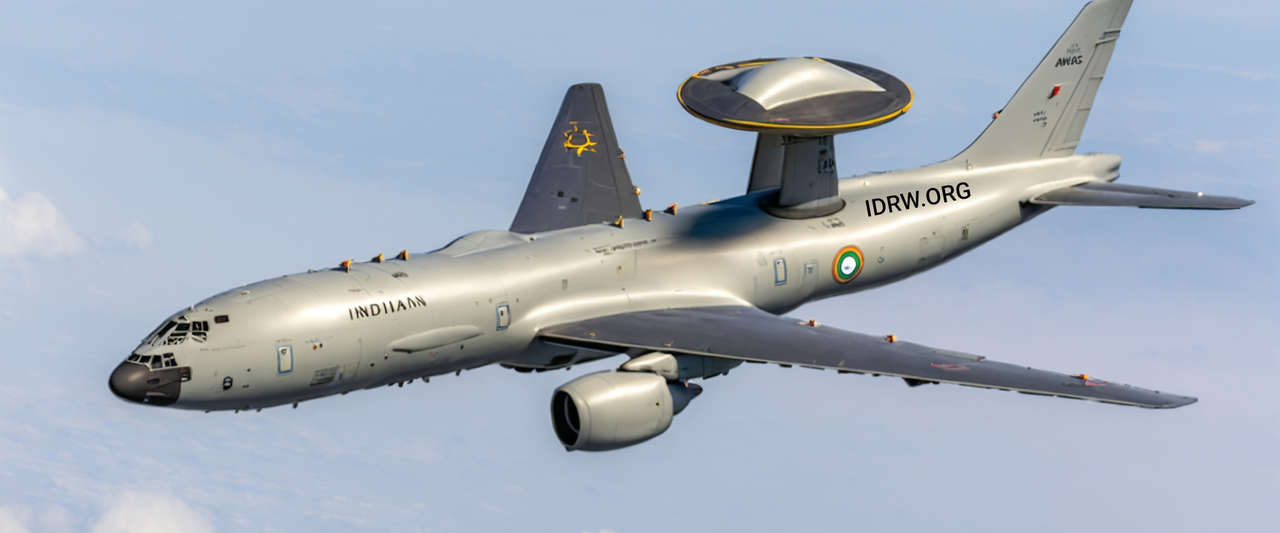
The Ministry of Defence (MoD), Government of India, has issued a Request for Information (RFI) aimed at the procurement of six (06) Airborne Early Warning and Control (AEW&C) systems, along with the necessary ground segment infrastructure. This RFI invites proposals from registered Indian vendors for the supply of these advanced systems. The AEW&C system is a crucial part of the Indian Air Force’s (IAF) modernization efforts, aimed at enhancing air defense and surveillance capabilities.
The AEW&C systems are a sophisticated “system of systems” designed to provide long-range radar detection and comprehensive situational awareness. The primary functions include Long-range radar detection, Electronic Surveillance Measures (ESM), Communication Support Measures (CSM), Command & Control (C2), Battle management, and Data link-based networking for real-time integration.
Continue readingSOURCE: RAUNAK KUNDE / NEWS BEAT / IDRW.ORG
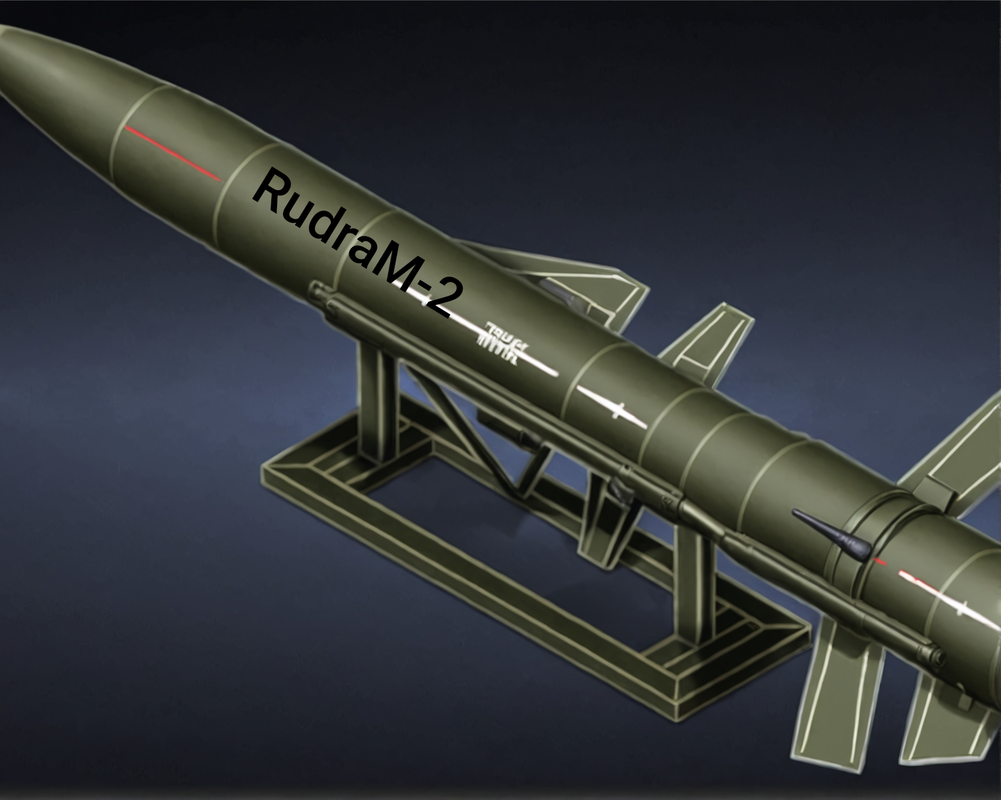
The Defence Research and Development Organisation (DRDO) has proposed the development of a ground-based version of the RudraM-2 anti-radiation surface-to-surface missile system. Based on the air-launched variant of the RudraM-2, the ground-based version will incorporate a booster stage, enhancing its range and capabilities.
With a range of 300 kilometres and a payload of 200 kilograms, the RudraM-2 missile is capable of reaching speeds of up to Mach 5.5. Its advanced seekers can detect enemy radio frequencies and signals from radars at distances exceeding 100 kilometres.
Continue readingSOURCE: RAUNAK KUNDE / NEWS BEAT / IDRW.ORG
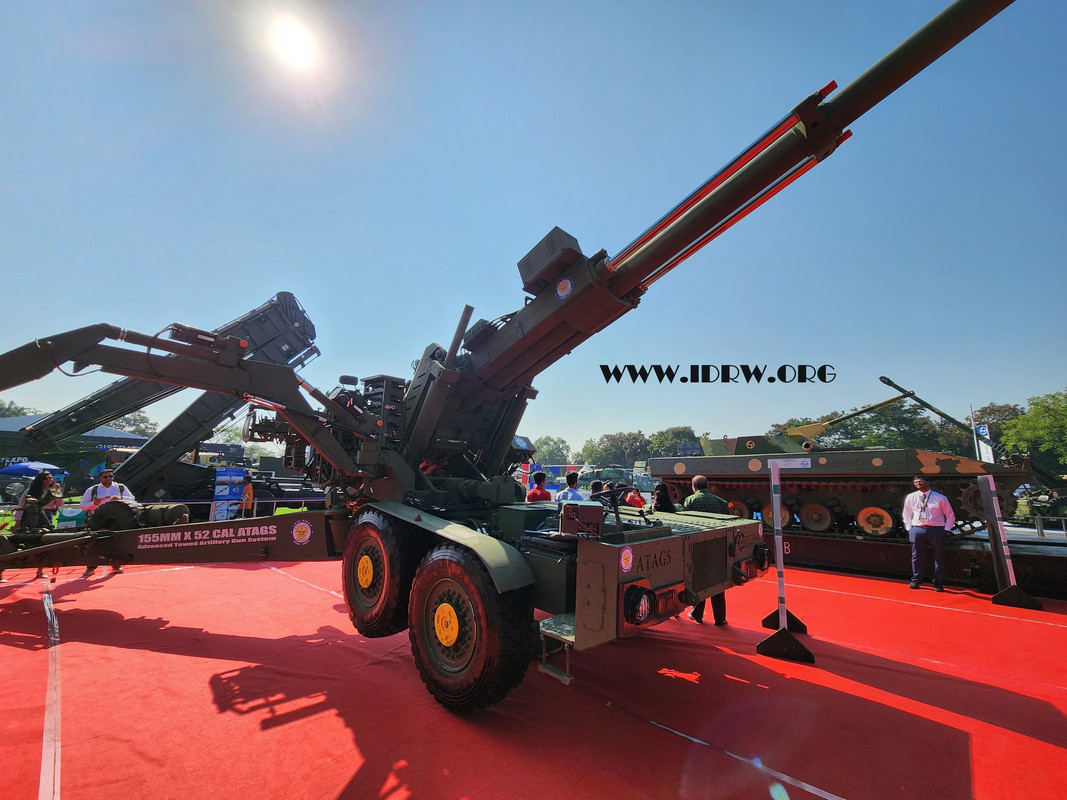
Lt Gen Adosh Kumar, the Director General of Artillery in the Indian Army, has confirmed that the deal for 307 Advanced Towed Artillery Gun Systems (ATAGS) will be procured in 2025. The ATAGS, a towed 155 mm/52 caliber howitzer, has already been cleared for production following the successful completion of user trials.
The contract is expected to be finalized in March, coinciding with the end of the financial year. While the Army has not disclosed which specific variant of the ATAGS it plans to procure, both Tata and Kalyani have developed their own versions of the gun based on the same Technology Transfer (ToT) provided by the Defence Research and Development Organisation (DRDO). However, there are notable differences between the two variants in terms of design and other parameters.
Continue readingSOURCE: RAUNAK KUNDE / NEWS BEAT / IDRW.ORG
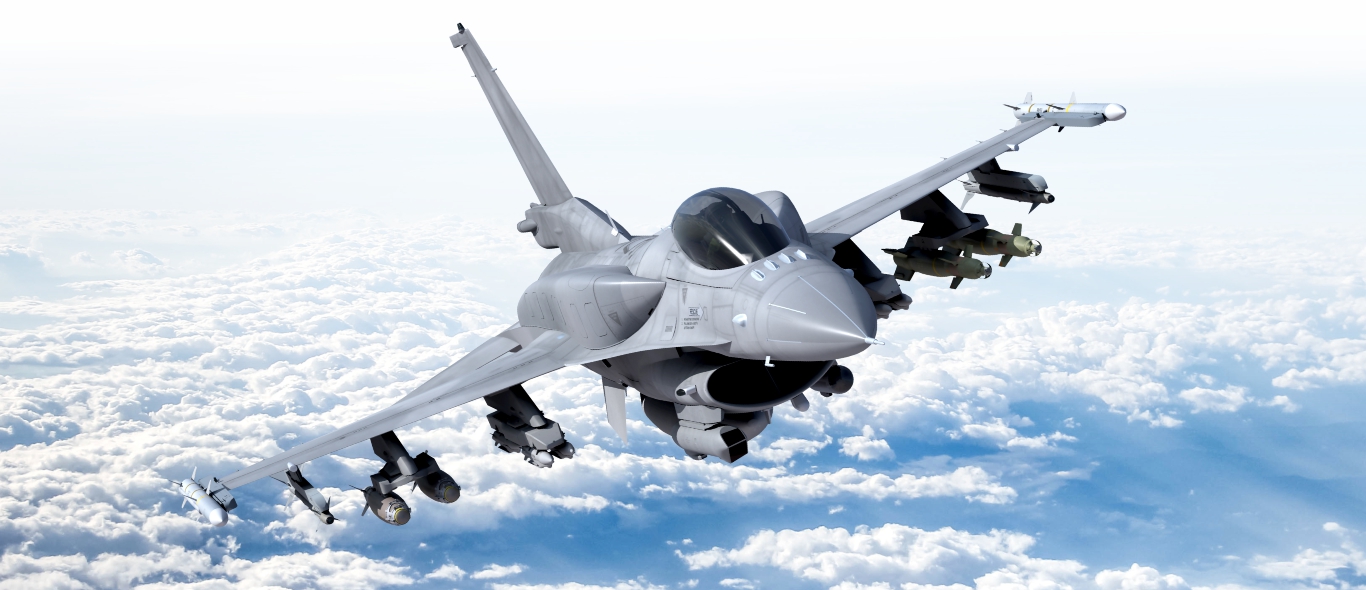
In a conversation with idrw.org, a Lockheed Martin official confirmed that no formal offer has been made to the Indian Air Force (IAF) for the sale of the F-35A fifth-generation fighter jet, despite ongoing speculation following the fighter’s appearance at Aero India 2023. Instead, the company is concentrating on promoting its F-16 variant, now rebranded as the F-21, which includes significant upgrades tailored for India.
The F-21 has been enhanced with a revised glass cockpit, advanced avionics, and features like the Triple Pylon Rail, allowing it to launch multiple AIM-120 air-to-air missiles—a feature not commonly seen on other fighter jets in its class. Lockheed Martin hopes the F-21 will be a strong contender in India’s Medium Multi-Role Combat Aircraft (MMRCA) competition, which seeks to procure 114 aircraft for the IAF, potentially valued at up to $18-20 billion.
Continue readingSOURCE: RAUNAK KUNDE / NEWS BEAT / IDRW.ORG
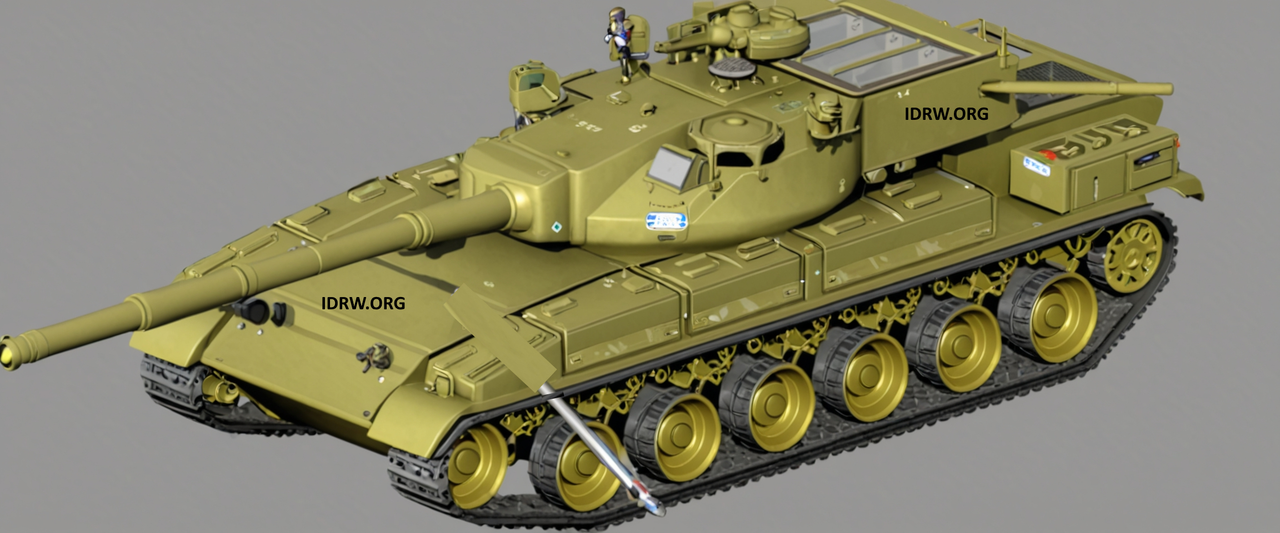
The Indian Army, which has received an Acceptance of Necessity (AoN) to procure the Future Ready Combat Vehicle (FRCV), is set to conduct a rigorous evaluation of potential bidders. The FRCV, which will replace the T-72 Main Battle Tanks (MBTs) in the Army’s fleet by 2030, is a significant acquisition program that will see intense scrutiny from domestic and international companies.
To ensure that the FRCV program aligns with the government’s “Make in India” initiative, the Indian Army and DRDO will conduct a special audit of all proposals submitted by public and private sector companies. This audit will focus on verifying the indigenous content of the proposed tanks, preventing the introduction of rebadged foreign MBTs into the Indian market.
Continue readingSOURCE: RAUNAK KUNDE / NEWS BEAT / IDRW.ORG
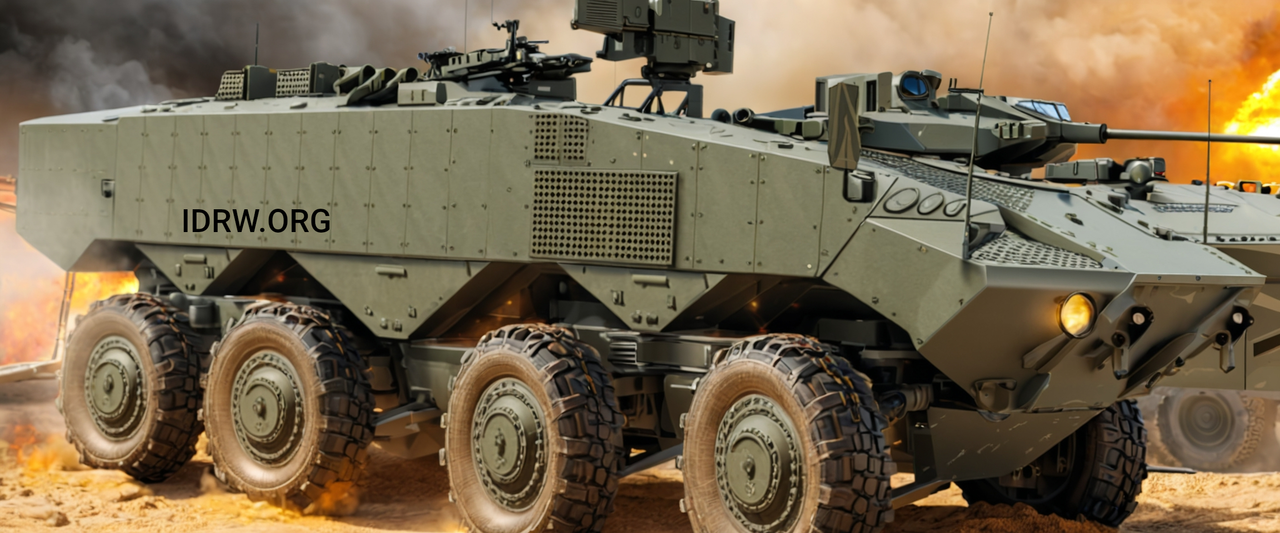
In a significant move towards enhancing the Indian Army’s reconnaissance and support capabilities, the Ministry of Defence (MoD) has reissued the Request for Proposal (RFP) for the procurement of 198 Wheeled Armoured Fighting Vehicles (WH AFV Recce & Support). The project falls under the Buy Indian – IDDM (Indigenously Designed, Developed, and Manufactured) category, reaffirming the government’s commitment to boosting Indigenous defence manufacturing under the “Make in India” initiative.
The MoD has retained the “Buy Indian – IDDM” category as per the Defence Procurement Procedure (DPP) 2016, emphasizing the need for Indian vendors and Original Equipment Manufacturers (OEMs) to supply indigenously developed platforms.
Continue reading